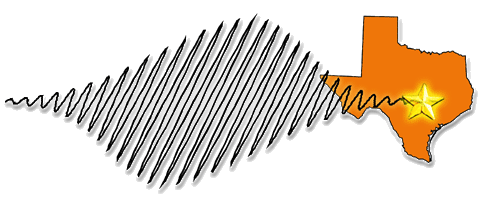How atoms ionize and how single electrons propagate in electromagnetic waves is among the fundamental questions of modern physics, dating back to studies of the photoelectric effect. Using our Petawatt laser allows us to reach intensities above 1022 W/cm2 which can push the frontier in understanding ultrarelativistic, GeV, electron motion in strong EM fields. How atoms and ions ionize and how the freed electron interacts with light at modest intensity is well known; the situation becomes more complicated when the light field is intense enough that electron motion becomes relativistic. For near IR fields this situation occurs when intensity approaches 1018 W/cm2. Relativistic electron motion in EM waves was considered in a number of theoretical papers in the 1960s and 1970s. These analytic studies illustrated that when the electron motion is relativistic, the magnetic field of the electromagnetic wave plays a role, and the electron no longer oscillates about a stationary point; instead the electron acquires a net drift in the direction along the light field propagation. At the high fields possible with a PW beam, extremely highly charged ions can be accessed by tunnel ionization (see Figure 1). At intensities approach 1022 W/cm2 even well-established tunneling models of ionization of highly charged ions might break down as magnetic fields affect trajectories of tunneling electron wavepackets. At these intensities the usual concept of an electron quivering in the field becomes obsolete as electrons reach relativistic velocity in a small fraction of a laser oscillation, surfing along with the laser pulse and ejecting from the focus on a sub-fs time scale[1]. Calculation of the single electron energy expected from the ejection of a focus at relativistic intensity from a single highly charged ions indicate that GeV energy electrons could result from the single ion ionization produced by the PW laser.


Figure: Laser induced tunnel ionization of a highly charge ion, showing how the effects of the laser agnetic field could alter the tunnel ionization rate. On the right shows the kinds of charge states that might be accessed with the TRIUMPF 5 PW beam.
[1] A. Maltsev and T. Ditmire, “Above Threshold Ionization in Tightly Focused, Strongly Relativistic Laser Fields,” Phys. Rev. Lett. 90, 053002 (2003). https://doi.org/10.1103/PhysRevLett.90.053002


